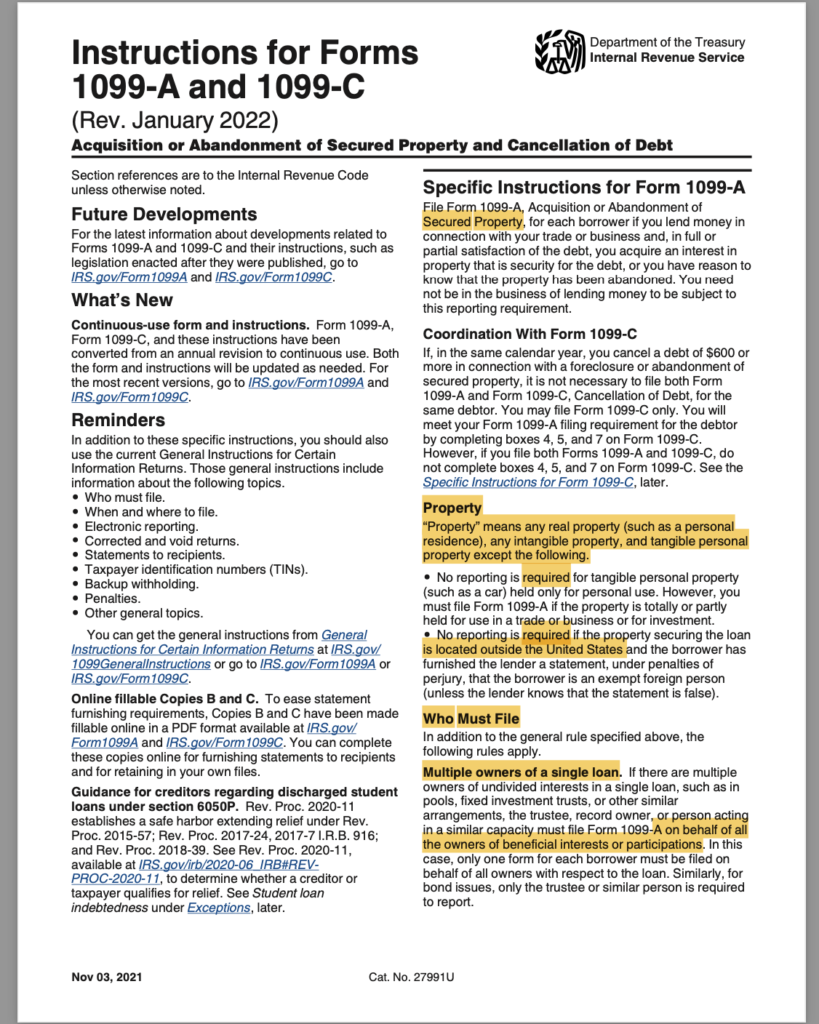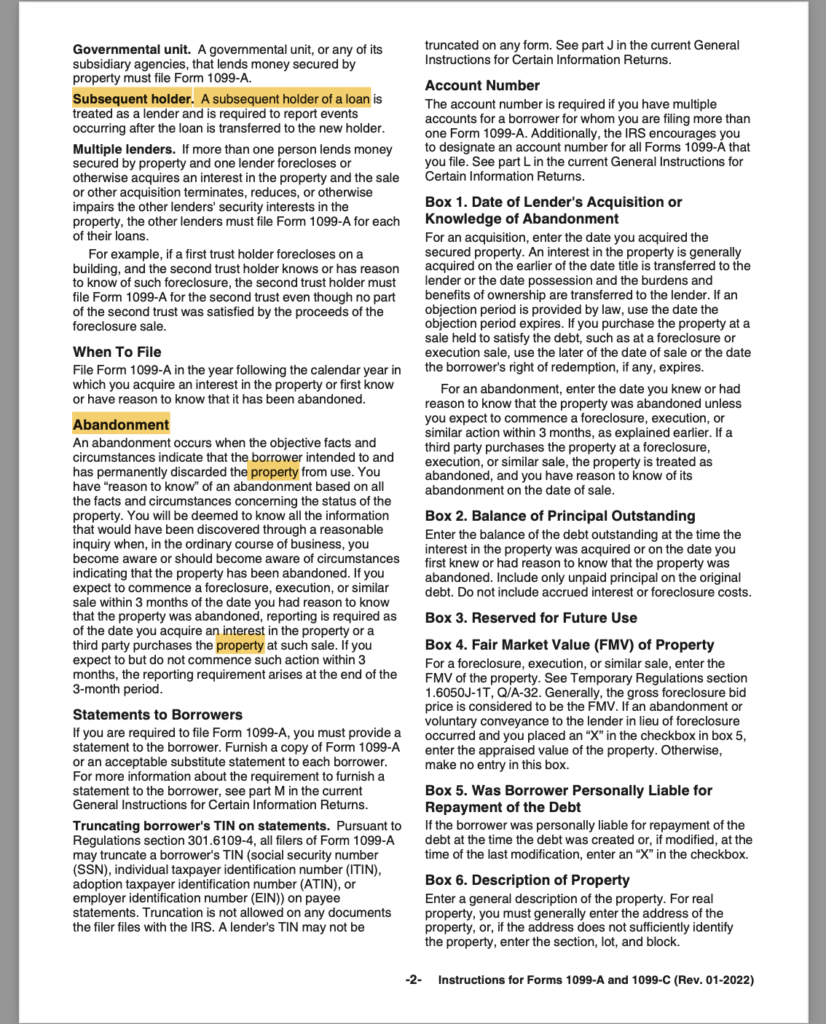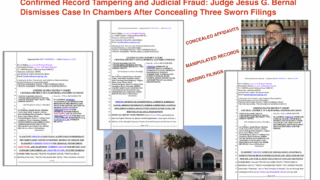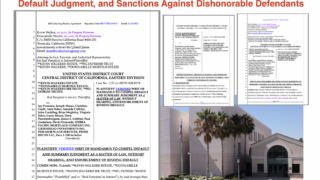
Evolution of Money: From Tangible Wealth to Debt Instruments, Credit, and Intangibles
Since the United States moved away from the gold standard in 1933, the concept of money has fundamentally changed. Today, money largely exists in the form of debt instruments like notes, Federal Reserve Notes (FRNs), and credit agreements. These instruments hold cash value themselves and are recorded in financial institutions’ ledgers under alternate accounting books. According to Generally Accepted Accounting Principles (GAAP), these entries confirm the value of these assets. These debt securities are traded on the open market, yet the original creators of this ‘credit’—the consumers—are typically not remunerated with a Form 1099-OID, which is used to report the original issue discount pertaining to the use of their credit. This oversight highlights a gap in the recognition of the true value generated by individuals in the financial system.
What are ‘Intangibles’ ?
Intangibles are non-physical assets that represent value. Federal Reserve Notes are the paper currency issued by the Federal Reserve, representing legal tender for debts. Promissory notes are written promises to pay a specific sum of money to a specified person at a determined future time. Checks are documents instructing a bank to pay a specific amount from a person’s account to another individual or entity. Credit agreements are contracts outlining the terms of credit extended from a lender to a borrower. Each of these represents a value based on trust and legal enforceability, rather than physical substance.
WHO MUST File a 1099-A and 1099-OID ?
According to instructions from the IRS (Internal Revenue Service), creators and owners of financial instruments like promissory notes, credit agreements, and federal reserve notes can utilize Form 1099-OID to report interest that accrues from these “loans” of credit to the lender. When such a loan is issued, interest is generated and billed monthly. This interest, or the discount from the face value at which the loan was issued, is considered as income for tax purposes.
Property, as defined for these purposes, includes real property and intangible property. It’s important to note that the 1099-A form is filed in the event of acquisition or abandonment of secured property, and in the case of certain loan arrangements, multiple owners of a single loan, like those in pooled investments, have specific filing responsibilities.
The IRS mandates the filing of these forms to account for and tax income from various sources properly. When an asset such as a promissory note is securitized, its associated interest or discount must be reported using the 1099-OID, which acknowledges the income generated through the lending process. Failure to report such income can lead to penalties from the IRS.
For a detailed understanding of these forms and requirements, the IRS’s General Instructions for Certain Information Returns can be referenced.


In the financial realm, particularly within the scope of credit agreements and loans, the concept of rescission is a powerful tool for consumers. Codified in 15 USC §1635, the right of rescission allows borrowers to cancel certain types of loan transactions within a specific timeframe, typically within three days, providing a cooling-off period to reconsider. However, the statute becomes even more potent in instances of fraud or lack of proper disclosure.
The law states, “Notwithstanding any rule of evidence, written acknowledgment of receipt of any disclosures required under this subchapter by a person to whom information, forms, and a statement is required to be given pursuant to this section does no more than create a rebuttable presumption that the disclosure was made to the person.” This implies that if there has been a failure to disclose critical information, such as the true nature and value of the borrower’s assets—be they promissory notes, checks, credit agreements, or other instruments with cash value—the presumption of proper disclosure can be challenged.
Further, if such assets have been securitized without the borrower’s knowledge and are being traded in financial markets, this could constitute a significant breach of the duty to disclose. In such circumstances, the timeframe for the right of rescission could potentially extend indefinitely, as per the interpretation that the statute of limitations for the right to rescind does not expire until the borrower has been fully informed.
In essence, if a financial institution or lender has not been forthcoming about the cash value of a borrower’s financial instruments, or about the fact that these instruments have been entered into securities markets, the borrower may assert their right to rescind the loan transaction. This right, empowered by 15 USC §1635, offers protection against deceptive practices and ensures that lenders are held to a standard of full and honest disclosure.
15 U.S. Code § 1635 – Right of rescission as to certain transactions
(a)Disclosure of obligor’s right to rescind
Except as otherwise provided in this section, in the case of any consumer credit transaction (including opening or increasing the credit limit for an open end credit plan) in which a security interest, including any such interest arising by operation of law, is or will be retained or acquired in any property which is used as the principal dwelling of the person to whom credit is extended, the obligor shall have the right to rescind the transaction until midnight of the third business day following the consummation of the transaction or the delivery of the information and rescission forms required under this section together with a statement containing the material disclosures required under this subchapter, whichever is later, by notifying the creditor, in accordance with regulations of the Bureau, of his intention to do so. The creditor shall clearly and conspicuously disclose, in accordance with regulations of the Bureau, to any obligor in a transaction subject to this section the rights of the obligor under this section. The creditor shall also provide, in accordance with regulations of the Bureau, appropriate forms for the obligor to exercise his right to rescind any transaction subject to this section.
(b)Return of money or property following rescission
When an obligor exercises his right to rescind under subsection (a), he is not liable for any finance or other charge, and any security interest given by the obligor, including any such interest arising by operation of law, becomes void upon such a rescission. Within 20 days after receipt of a notice of rescission, the creditor shall return to the obligor any money or property given as earnest money, downpayment, or otherwise, and shall take any action necessary or appropriate to reflect the termination of any security interest created under the transaction. If the creditor has delivered any property to the obligor, the obligor may retain possession of it. Upon the performance of the creditor’s obligations under this section, the obligor shall tender the property to the creditor, except that if return of the property in kind would be impracticable or inequitable, the obligor shall tender its reasonable value. Tender shall be made at the location of the property or at the residence of the obligor, at the option of the obligor. If the creditor does not take possession of the property within 20 days after tender by the obligor, ownership of the property vests in the obligor without obligation on his part to pay for it. The procedures prescribed by this subsection shall apply except when otherwise ordered by a court.
(c)Rebuttable presumption of delivery of required disclosures
Notwithstanding any rule of evidence, written acknowledgment of receipt of any disclosures required under this subchapter by a person to whom information, forms, and a statement is required to be given pursuant to this section does no more than create a rebuttable presumption of delivery thereof.
(d)Modification and waiver of rights
The Bureau may, if it finds that such action is necessary in order to permit homeowners to meet bona fide personal financial emergencies, prescribe regulations authorizing the modification or waiver of any rights created under this section to the extent and under the circumstances set forth in those regulations.
(e)Exempted transactions; reapplication of provisionsThis section does not apply to—
(1)
(2)
(3)
(4)
(f)Time limit for exercise of right
An obligor’s right of rescission shall expire three years after the date of consummation of the transaction or upon the sale of the property, whichever occurs first, notwithstanding the fact that the information and forms required under this section or any other disclosures required under this part have not been delivered to the obligor, except that if (1) any agency empowered to enforce the provisions of this subchapter institutes a proceeding to enforce the provisions of this section within three years after the date of consummation of the transaction, (2) such agency finds a violation of this section, and (3) the obligor’s right to rescind is based in whole or in part on any matter involved in such proceeding, then the obligor’s right of rescission shall expire three years after the date of consummation of the transaction or upon the earlier sale of the property, or upon the expiration of one year following the conclusion of the proceeding, or any judicial review or period for judicial review thereof, whichever is later.
(g)Additional relief
In any action in which it is determined that a creditor has violated this section, in addition to rescission the court may award relief under section 1640 of this title for violations of this subchapter not relating to the right to rescind.
(h)Limitation on rescission
An obligor shall have no rescission rights arising solely from the form of written notice used by the creditor to inform the obligor of the rights of the obligor under this section, if the creditor provided the obligor the appropriate form of written notice published and adopted by the Bureau, or a comparable written notice of the rights of the obligor, that was properly completed by the creditor, and otherwise complied with all other requirements of this section regarding notice.
(i)Rescission rights in foreclosure
(1)In generalNotwithstanding section 1649 of this title, and subject to the time period provided in subsection (f), in addition to any other right of rescission available under this section for a transaction, after the initiation of any judicial or nonjudicial foreclosure process on the primary dwelling of an obligor securing an extension of credit, the obligor shall have a right to rescind the transaction equivalent to other rescission rights provided by this section, if—
(A)
(B)
(2)Tolerance for disclosures
Notwithstanding section 1605(f) of this title, and subject to the time period provided in subsection (f), for the purposes of exercising any rescission rights after the initiation of any judicial or nonjudicial foreclosure process on the principal dwelling of the obligor securing an extension of credit, the disclosure of the finance charge and other disclosures affected by any finance charge shall be treated as being accurate for purposes of this section if the amount disclosed as the finance charge does not vary from the actual finance charge by more than $35 or is greater than the amount required to be disclosed under this subchapter.
(3)Right of recoupment under State law
Nothing in this subsection affects a consumer’s right of rescission in recoupment under State law.
(4)Applicability
This subsection shall apply to all consumer credit transactions in existence or consummated on or after September 30, 1995.









